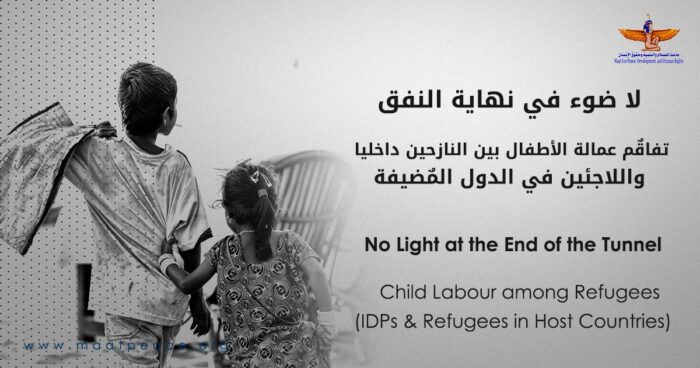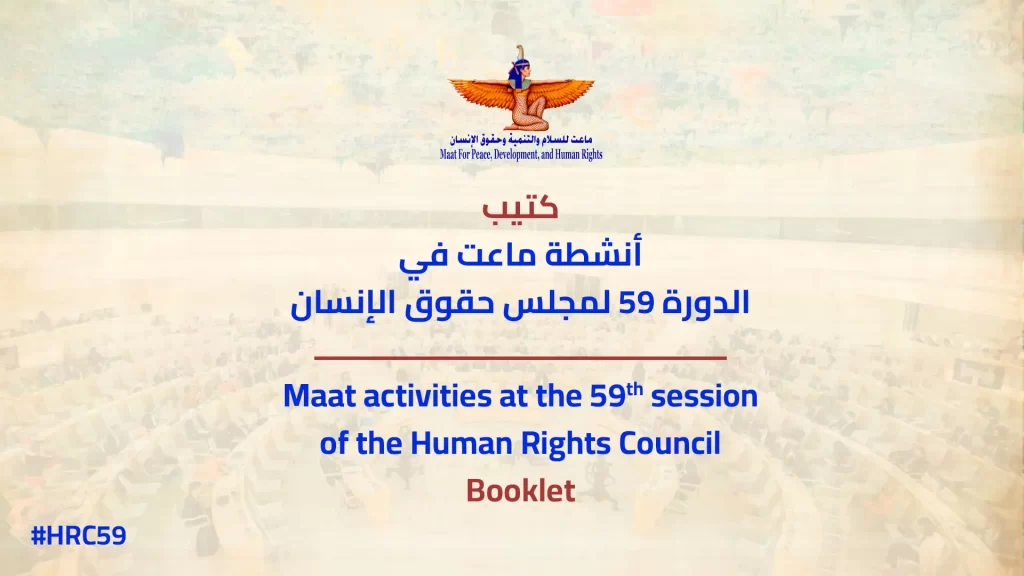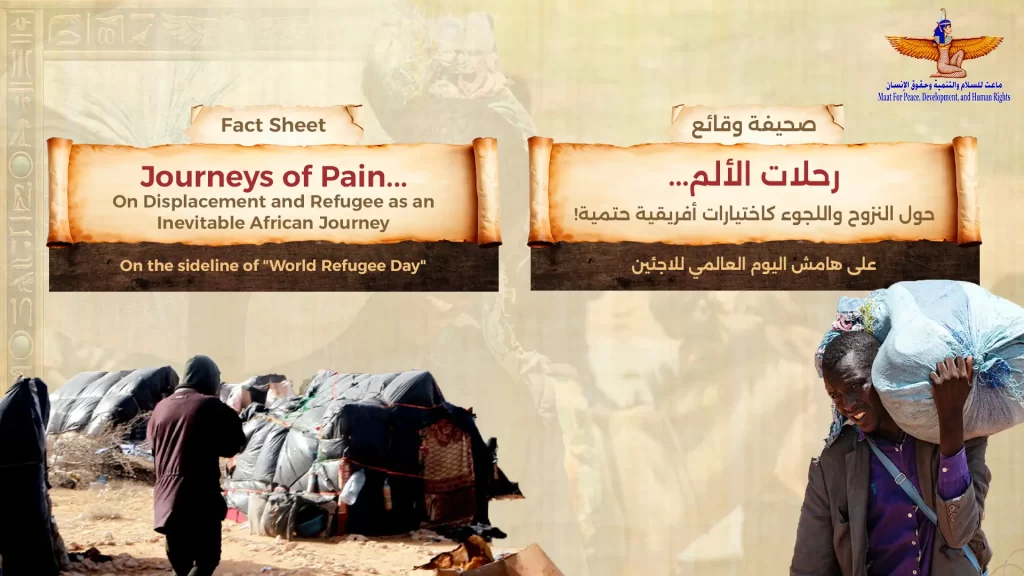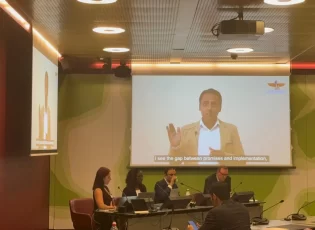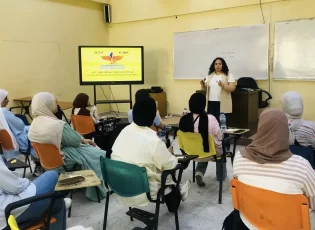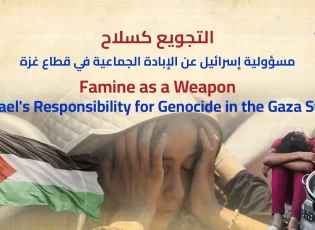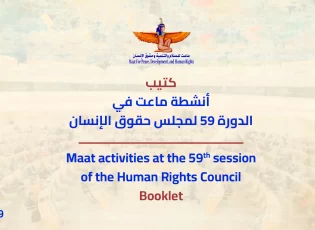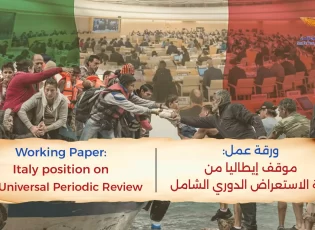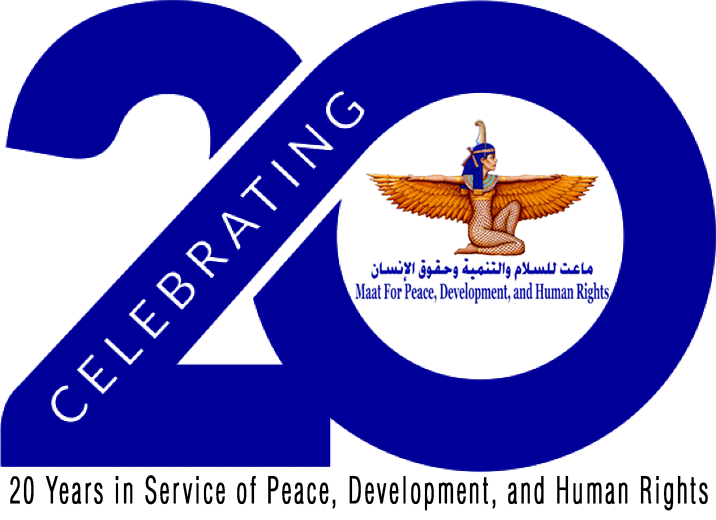Introduction
The World Day Against Child Labour is observed every year on June 12, to bring the attention of governments, international and national organizations to this global problem and to find ways to eradicate or fight against it. Almost one in ten of all children worldwide is in child labour. International estimates indicate that 218 million children in the age group 5 to 17 are engaged in child labour, 73 million of whom are performing hazardous work. Given that children are the primary victims of armed conflict and internal displacement, the phenomenon of child labor remains disproportionately associated with refugee children in host countries and stranded children in home countries, who were forced to internal displacement from one city to another, due to armed conflicts and sometimes humanitarian disasters, such as famine, and natural disasters such as climate change. Therefore, child labor is more common among refugees and internally displaced people more than others. This alarming phenomenon has spread over an unprecedented scale. In 2002, the International Labour Organization (ILO), marked June 12 of each year as the World Day Against Child Labour. The day is used to spread awareness about the harmful mental and physical problems faced by children forced into child labour, and to find ways to eradicate it, ensuring a risk-free environment for children.
The elimination of child labour has been supported by the international community, which has set a goal to eliminate it in 2025. However, efforts to eradicate this phenomenon are proceeding at a very slow pace, and the Covid-19 pandemic has also impacted the efforts made in this regard. The phenomenon of child labor has always posed a threat to the best interests of the child. This phenomenon has spread mainly in areas of armed conflict, especially in areas of internal displacement, and among refugees in host countries, where children find themselves forced to work to support their families. Without work, children in these areas may die. Some families force their children to engage in the worst forms of work that may amount to modern slavery, which is prohibited by ILO conventions. About 4.5 million children work as forced labor and they constitute up to 18% of child forced labour victims, whose number amount to 25 million victims in the world.
All of the above contradicts the seventh target of the sustainable development goal 8, which stipulates the need to take immediate measures to eliminate forced labor, end modern slavery and human trafficking and eliminate the worst forms of child labor, so that these children are not left behind, and so that they don’t fall victims to sexual exploitation by adults. There can be certain groups of refugee and internally displaced children more vulnerable to abuse than others, such as unaccompanied and separated children, orphans and street children. Displaced children are often fragile and more vulnerable than others due to their situation in crowded camps, emergency shelters and, in most cases, informal settlements. What applies to internally displaced children is true, to a lesser extent, to refugee children in host countries in the Middle East who are the target of a wide range of systemic abuse as well.
Accordingly, Maat for Peace, Development and Human Rights decided to prepare this report on the occasion of the World Day Against Child Labour, and in light of the fact that 2021 is the International Year for the Elimination of Child Labour, Maat gives special importance to this critical issue, which requires double efforts from governments, international organizations and civil society organizations to raise awareness about this phenomenon. Without the solidarity of governments, civil society organizations and international bodies, children will be left behind, and plans to eliminate child labor by 2025 will not succeed, as planned.
The report focuses on the legal framework to combat child labor, the exacerbation of child labor among the internally displaced, and the factors that contribute to the growth of this phenomenon, in addition to the steady rise in child labor among refugees in the host countries in the Middle East, taking the "case of Syrian refugees" as an example. Finally, the report lists the effects of child labor, especially the worst forms of work stipulated in the Worst Forms of Child Labour Convention, 1999 (No. 182).
![]()
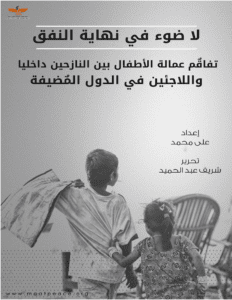 |
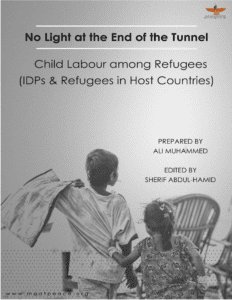 |
shortlink: https://maatpeace.org/en/?p=33129


